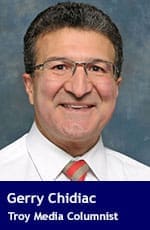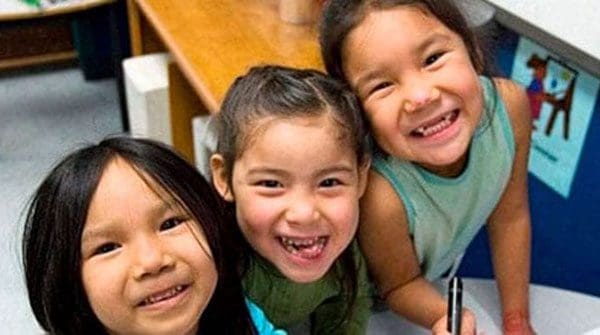 In 2008, Prime Minister Stephen Harper apologized to the Aboriginal Peoples of Canada for the crimes committed against them in the residential school system. It’s sometimes difficult to see where this has made a difference.
In 2008, Prime Minister Stephen Harper apologized to the Aboriginal Peoples of Canada for the crimes committed against them in the residential school system. It’s sometimes difficult to see where this has made a difference.
Canada’s aboriginal populations tend to have lower levels of education, lower average income, higher levels of incarceration and higher incidence of health issues than the rest of the nation’s population.
We know it will take generations to heal our country and at times the process can seem overwhelming.
Faced with such a situation, it’s important to look at where progress is being made and to emulate programs that work.
I have the privilege of being part of one of the most progressive and effective school systems in Canada. Prince George has more aboriginal students than any other school district in British Columbia. Our administrators have worked with aboriginal leaders in our region to establish an innovative program that has a tremendously positive impact, not only on aboriginal children but on all students in the Prince George School District.
One measure of success is graduation rates. These fluctuated for aboriginal students in Prince George over the years but rarely rose above 50 percent. Today, 61 percent of aboriginal students graduate and the next goal is to reach 80 percent, which would be on par with the non-aboriginal population.
Other areas of success are not as measurable but certainly as significant. I was recently at a meeting of social studies teachers where it was noted the visible pride our students express in having aboriginal heritage. One teacher noted that it was so refreshing to see students celebrating who they are from a young age – and that she had never even mentioned to people that she was Metis until she was well into her 30s. Another teacher noted that this was likely a result of the declarations of Canada’s Truth and Reconciliation Commission. Others, however, said it was more likely the impact of local action.
What are some of the local things that are making a difference?
Aboriginal culture is taking a prominent place in our schools. A few weeks ago, a work of Metis art was unveiled to hang near the entrance to my school. Fiddlers performed jig music in the common area during lunch and everyone was served stew. One could not help but feel the joy so prevalent in this rich culture.
There are also numerous curricular supports. Student artwork is breathtaking but aboriginal content permeates all areas of study.
In our examination of genocide, for example, we take a thorough look at the residential school system and how and why it has had such a devastating impact on First Nations peoples. This lesson became especially real for my students when two of their classmates got up together and spoke about how their families had been directly impacted. The issue was no longer far away or in a book, it was walking among us and it was clear that we are all part of the healing process.
What’s most thrilling about this entire journey is that it takes us back to the way things used to be, and the way they’re meant to be. Aboriginal and European cultures lived in symbiosis in this part of the world for many years. Fur traders were welcomed and everyone benefited. As a non-aboriginal teacher, I’m never made to feel like an outsider. It’s clear we’re moving forward together.
Gerry Chidiac is an award-winning high school teacher specializing in languages, genocide studies and work with at-risk students.
The views, opinions and positions expressed by columnists and contributors are the author’s alone. They do not inherently or expressly reflect the views, opinions and/or positions of our publication.


